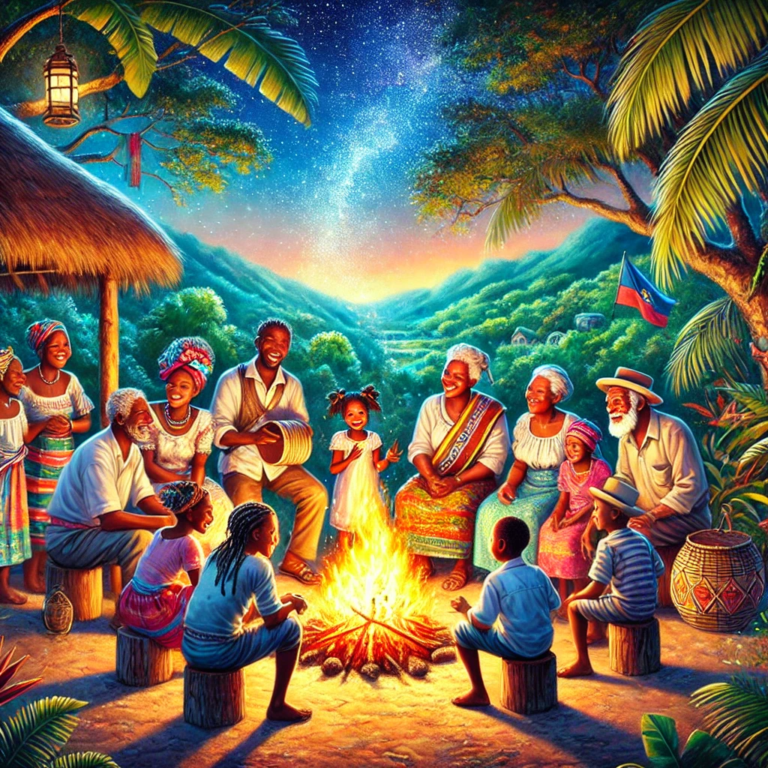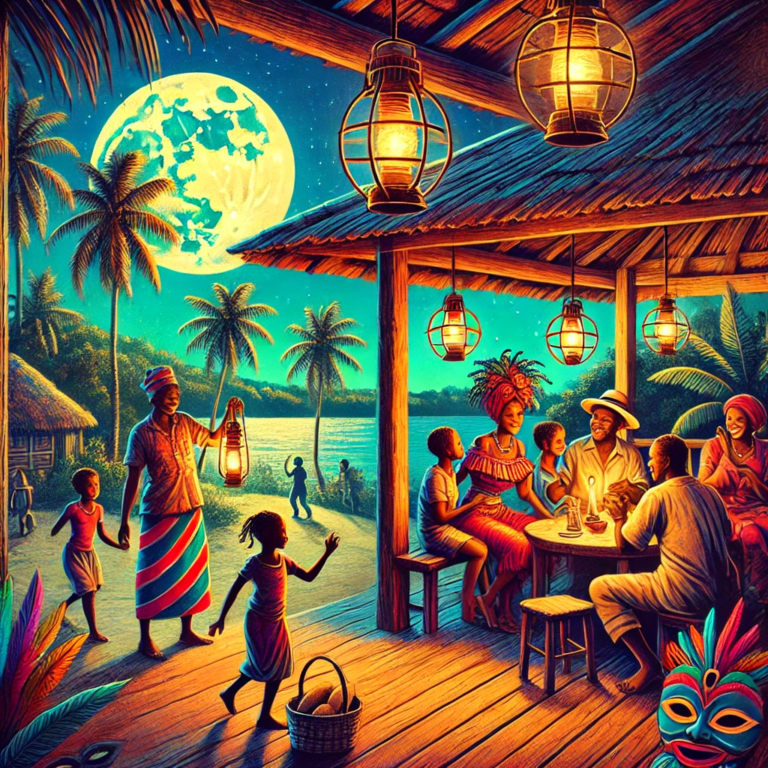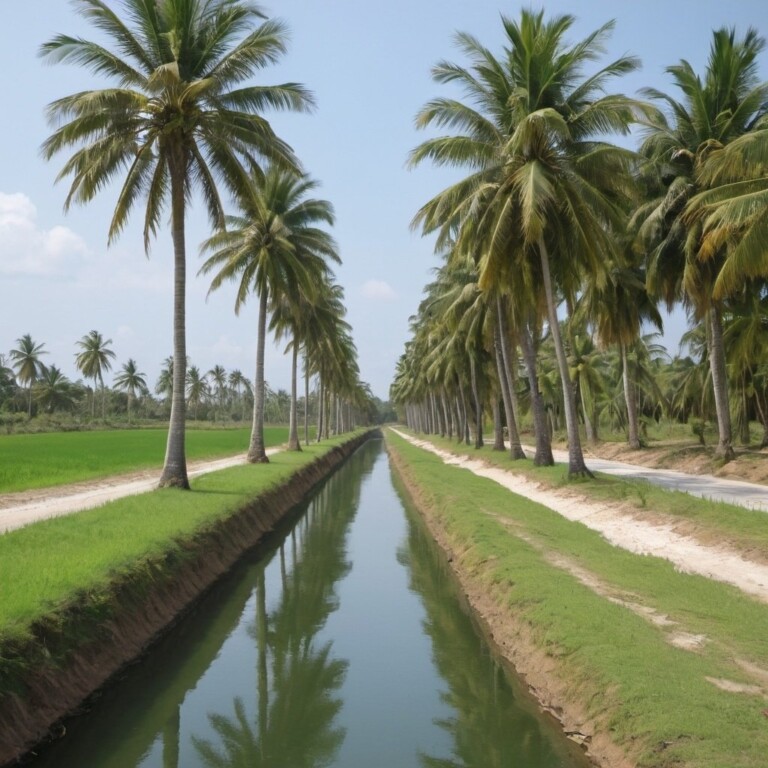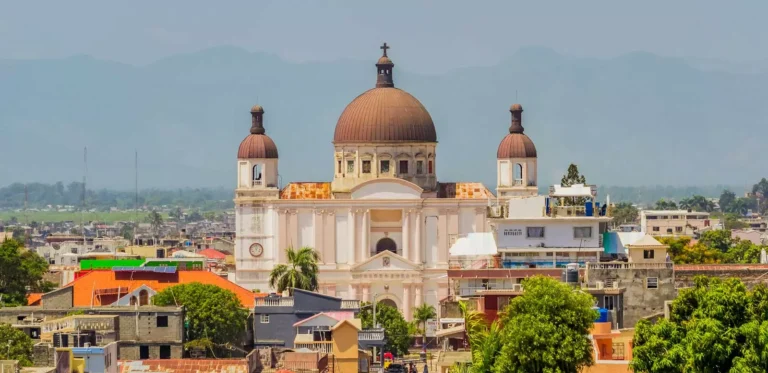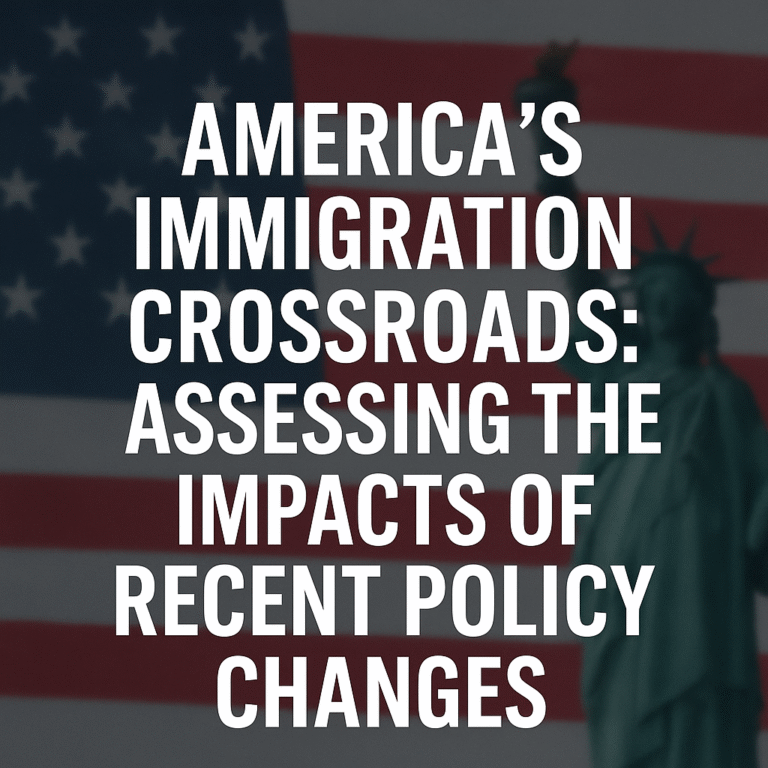The morning sun pierced through the heavy drapes of the Figaro mansion, casting a golden glow over...
Haitian Culture
Christmas in Haiti is more than just a holiday—it’s a celebration of love, faith, and togetherness that...
The Figaro mansion seemed to hum with a life of its own as the enigmatic doctor stood...
The Figaro mansion was still basking in the glow of the previous night’s gala, where laughter, champagne,...
Chapter 1: In the heart of Port-au-Prince, where luxury towers above the bustling streets yet shares an...
There’s a magic in Haitian culture that transcends time—a sense of warmth, unity, and joy that weaves...
There’s a magic in Haiti that lingers in the heart long after the sun sets behind the...
In the northern reaches of Haiti lies a beacon of hope and unity: the New Canal in...
Diri ak Pwa, also known as Rice and Beans, is a popular Haitian dish. It’s a delicious...
Cap-Haïtien, often referred to simply as “Au Cap,” or “Kap peyi-am” is a historical city located on...






